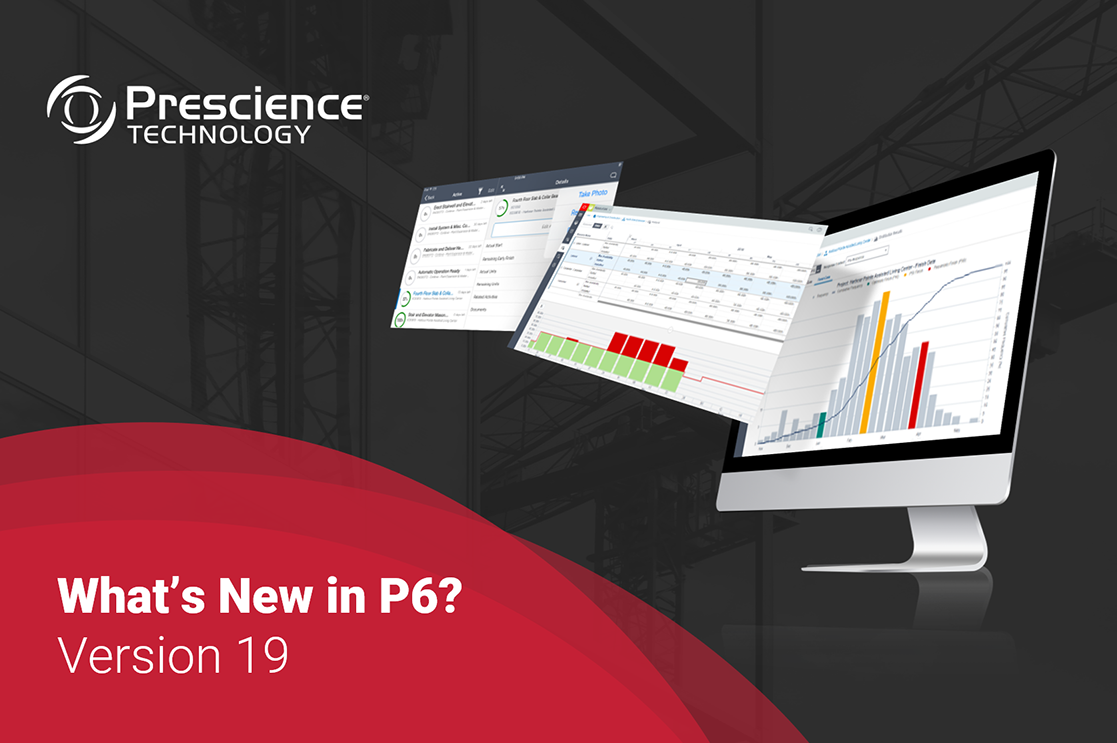Enterprise Resource Planning (ERP) software is the backbone of many organisations, managing important processes throughout the entire enterprise. As the world increasingly goes digital, organisations can expect their ERP systems to be upgraded and extended with cutting edge technology. Read on for insights on the future of ERP from our inaugural State of ERP in Australia survey.
Cloud is King
According to our State of ERP survey, many organisations are either already working in the cloud, have cloud migration plans in place or are investing in an appropriately risk-managed cloud strategy. What does this mean for organisations that haven’t yet started this journey? ‘Cloud’ (and SaaS in particular) has become a bit of a buzz word and it is the cornerstone of future software development in our increasingly digital world – but like any digital or technology solution, it must be fit for purpose.
One of the key benefits of a ‘pure cloud’ SaaS solution is its elasticity – as demand grows and contracts, so can the processing and storage capacity of the supporting cloud solution. For organisations requiring a lower-risk solution, a degree of customisation, or whose business revolves around functions still not in an advanced stage of cloud maturity, hosted cloud services may be worth considering. This is a good interim step, allowing organisations to take advantage of lower costs and increased collaboration and, depending on the applications in use, may well be the optimal solution.
One of our key findings is that, while cloud is certainly top of mind for many companies, on-premise applications are by no means dead. Oracle’s E-Business Suite, for example, has been a mainstay for decades, becoming deeply embedded at many top tier organisations where its flexibility and agility is highly prized. This is supported by industry research and Gartner’s 2018 Hype Cycle for Postmodern ERP report found that Cloud ERP for Global Enterprises was not likely to reach mainstream adoption for another five to ten years; while Cloud ERP for the Public Sector was more likely to reach mainstream adoption sooner – within two to five years.
Management support for ERP projects including implementations, upgrades and cloud migrations is clearly a major roadblock for digital transformation at many organisations.
A lack of support is quite often linked to a lack of knowledge on the benefits of these projects. Many business leaders, for example, still don’t understand what exactly ‘the cloud’ means and how this technology can unlock efficiency gains. Given the positive feedback on the usefulness of user groups, networking events, and conferences, this could be an excellent way for both users and executives to stay up to date in a rapidly changing technology landscape.
ERP in the Short-Term
In the short term, Gartner’s 2018 Hype Cycle for Postmodern ERP report recommends CIOs start preparing for the impact of the IoT (Internet of Things) on their ERP requirements within the next two to five years; build a strategy to leverage ERP UX capabilities to enhance usability; create a strategy for deploying hybrid integration technologies; and change ERP support strategies to align with system requirements both now and long into the future.
ERP in the Longer-Term
In the longer term, cutting edge technology like Artificial Intelligence and Blockchain are likely to dominate. It is important to remember, however, that any systems changes must remain outcome-focused and support business needs. Gartner warns against treating technologies like Blockchain and Artificial Intelligence as a “solution looking for a problem”.
Overall it is important to remember that large, global enterprise systems tend to mature at a slower pace than other systems. While disruptive technologies will continue to change the way we work, we must all strive to look beyond the hype and assess each technology for what it can deliver in terms of business value.






